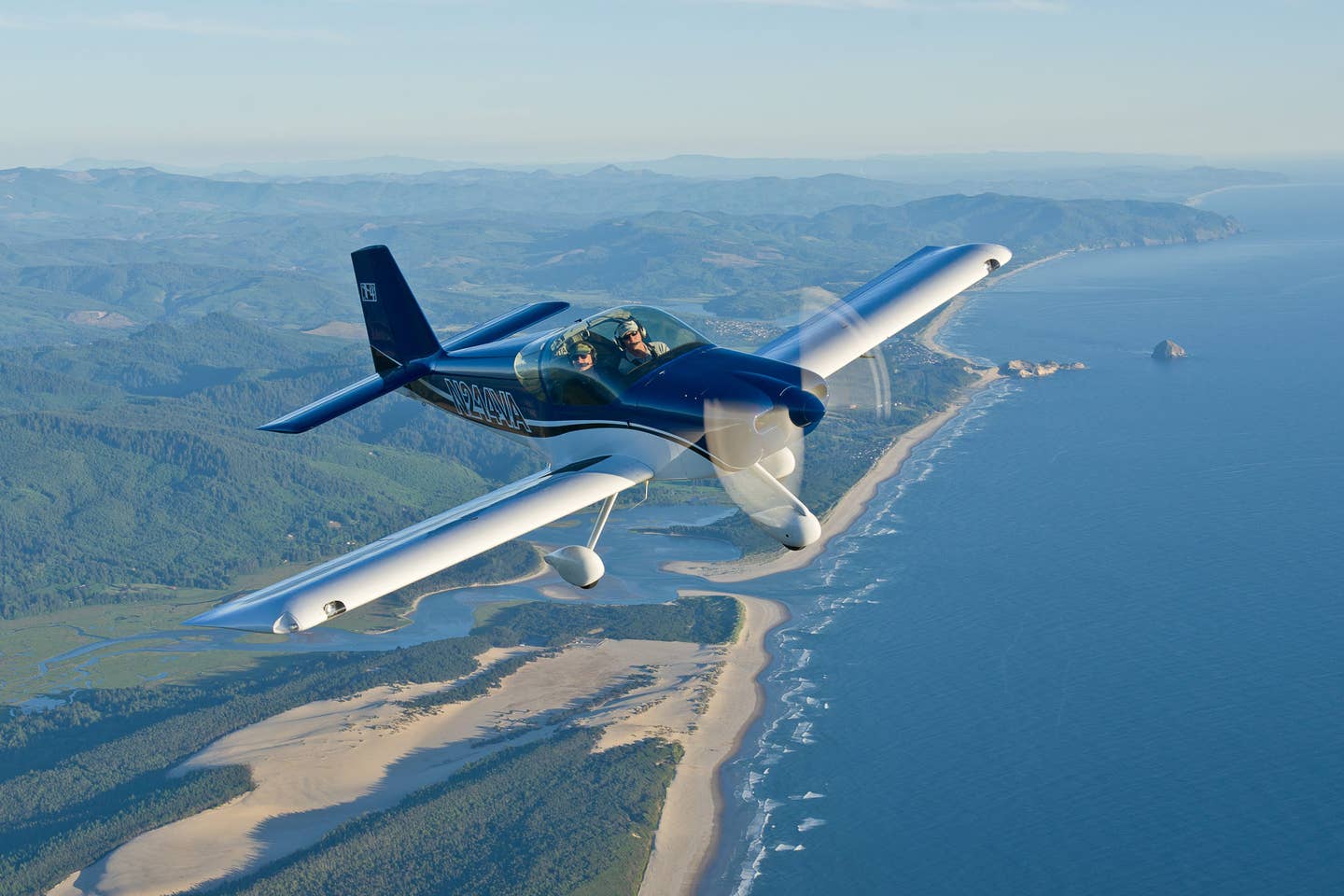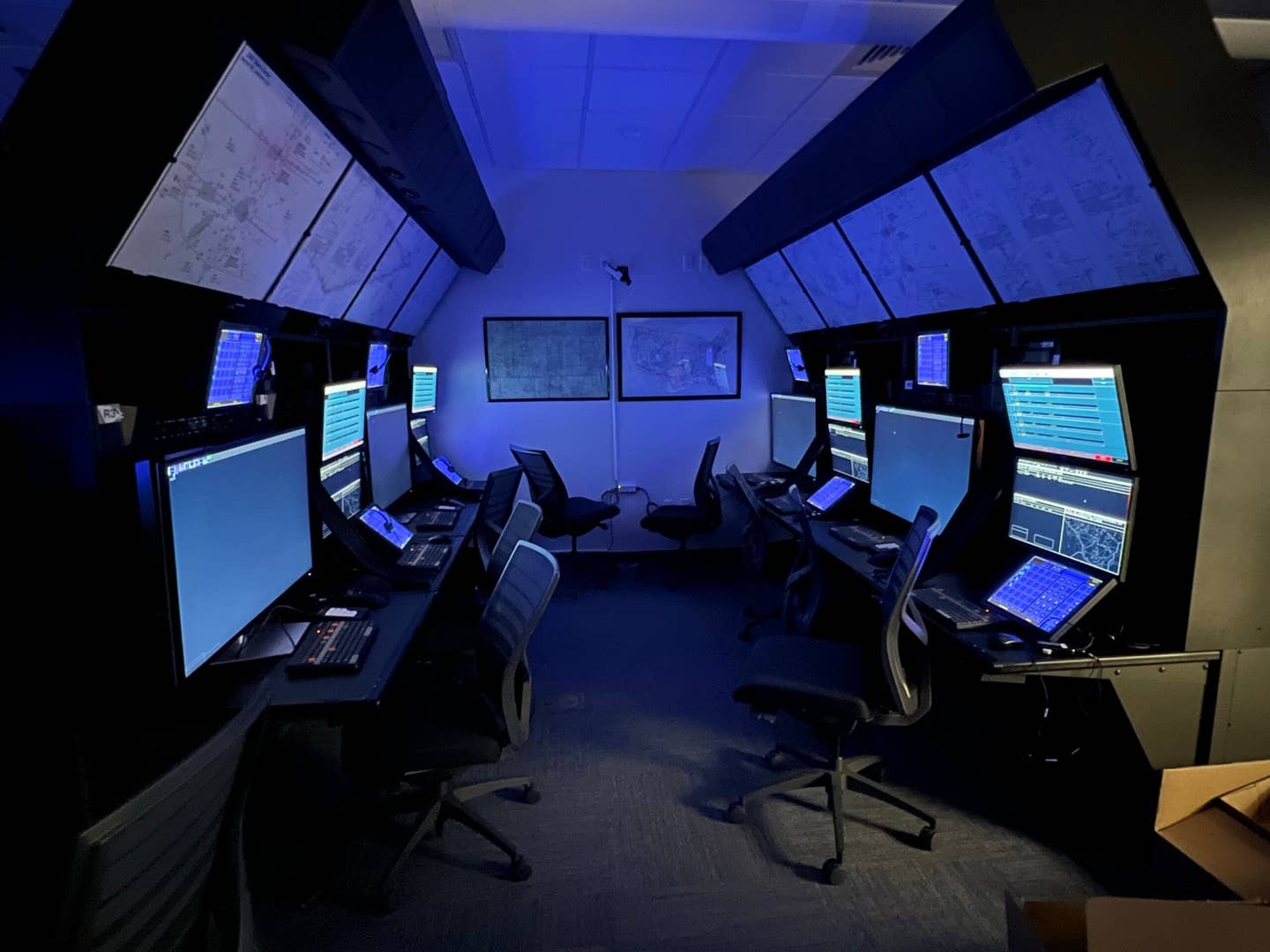
The new policy would require owners or instructors in experimental aircraft to obtain a LODA in order to receive compensation for the operation of that aircraft outside of instruction for the owner themselves. Courtesy Van’s Aircraft
In a move that has caused aviation associations across the board to band together in protest, on July 12 the FAA released a “clarification” on flight training in experimental aircraft that puts into formal policy a letter of guidance issued in June. In effect, the new policy adds a requirement that AOPA’s president and CEO Mark Baker characterized as “a bureaucratic hurdle ahead of the need for safety” in a letter to FAA administrator Steve Dickson on Sunday. The “policy” intended to close a loophole left by the letter of guidance that had the capacity to put owners of tens of thousands of owners of experimentals, warbirds—and historic and classic aircraft—out of regulatory compliance. However, it may be opening up further concern for all owners and operators of experimental, limited, and primary-category aircraft, because of recent actions taken by the FAA to prosecute volunteer pilots who have delivered instruction without compensation in aircraft within that group. According to a follow-up release from AOPA, and Flying’s conversation with the association’s legal counsel, the concern lies in the FAA’s determination that when a volunteer pilot gives instruction, they are in fact “compensated” by the accrual of flight time and “goodwill.”
In the Federal Register, the ”Notification of Policy for Flight Training in Certain Aircraft” outlines the restriction on conducting training in those aircraft requiring special airworthiness certificates, including ones in the limited, experimental, and primary categories. It also “provides guidance on how flight training for compensation can be accomplished in these aircraft in compliance with regulations and establishes a process for owners of experimental aircraft to obtain a letter of deviation authority to receive and provide compensation for flight training in their experimental aircraft.”
That process centers around the need for owners of experimental- and special-airworthiness category aircraft to apply for a letter of deviance authority in order to provide their aircraft for compensated flight training, through the submission of an application package to the flight standards district office in the jurisdiction under which they operate. The package would include a “a complete description of the proposed operation and justification that establishes a level of safety equivalent to that provided under the regulations for the deviation requested.”
The agency bases this new policy on its desire to align guidance between that which has been given to FAA inspectors in FAA Order 8900.1 and regulations currently in place. In the July 12 publication, it offers an explanation of the meaning of the term “to operate” that places flight instructors into the “operation” category regardless of whether they act as PIC or as sole manipulator of the controls—or who owns, rents, or uses the aircraft. In effect, the agency seeks to limit the types of instruction that could be given in experimental aircraft, for example, to that of model-specific training, and not “permit flight training in experimental aircraft leading toward the issuance of a pilot certificate, rating, or operating privilege.”
In a letter to EAA’s president and CEO Jack Pelton, dated July 8, Dickson responded to concerns they raised along with AOPA, GAMA, and other industry groups. “The FAA recognizes the value of specialized flight training for pilots who regularly operate these aircraft,” said Dickson. “As you note, this recognition has been memorialized in FAA guidance materials since
2011. To provide assistance, the FAA issued a Federal Register Notice today that provides astreamlined process for owners and flight instructors to obtain a Letter of Deviation Authority (LODA) for compensated flight training in experimental aircraft. This action enables owners to receive essential flight training in the aircraft they regularly operate, while also preventing the type of operations that were the subject of the Warbirds, Inc, lawsuit. Owners who obtain a LODA will be operating consistently with FAA regulations, which should address concerns about insurance coverage.” Dickson noted that FAA guidance on instruction in limited category aircraft was still pending.
In order to handle the volume of new LODA requests, the FAA announced that it would stand up an expanded LODA submission system in order to process the requests. In a news release, EAA outlined the process that owners are expected to follow: “Under the new LODA system, applicants can send an email to 9-AVS-AFG-LODA@faa.gov with their name, address, email address, pilot certificate number, flight instructor number (if applying as a CFI), aircraft registration number (if applying as an owner), aircraft make and model, and aircraft home base (if applying as an owner). The request will then flow to the local FSDO, who will issue the LODA. For aircraft owned by flying clubs, ownership groups, and other shared ownership models, the entity owning the aircraft may hold the LODA rather than each individual member. Either the owner/operator of the aircraft or the instructor can have the LODA, as long as one person in the cockpit has one. LODAs issued under this system will not allow rental of the aircraft to the general public. Those LODAs, issued for transition training and other targeted operations, will continue to be issued per the guidance in FAA Order 8900.1.”
Still, the creation of a new paperwork process adding little or no safety benefit—without a public comment period—sets a troublesome precedent for the future, according to the industry groups. Early reports from owners applying for LODAs offer mixed reviews in the speed and complexity of the process. Also, the new process does not cover instruction in limited- or primary-category aircraft. “This entire episode is a scary example of how new interpretations of the regulations can upend the entire community,” said Pelton. “While this short-term fix allows operations to continue, it never should have come to this point. Creating more than 30,000 new LODAs and exemptions is a paperwork exercise that does nothing to advance safety.”
Of top concern to AOPA is the potential requirement for an owner of an experimental aircraft to need to obtain an LODA prior to getting as much as a flight review in their own aircraft. More than 39,000 aircraft fall into this group, ranging anywhere from a Van’s RV-4 to an AirCam, or those aircraft certificated in other countries that operate under an experimental/exhibition category in the US, such as a Socata TB-30 Epsilon or Yak 52.
So, how does an owner/operator of an aircraft in any of these categories take action to ensure they are operating within this new regime? AOPA offers the following: “To stay out of the FAA’s legal crosshairs until the courts decide whether the FAA’s legal arguments are winning ones, you’ll need to get the FAA’s permission first. For training in experimental aircraft, that means obtaining a Letter of Deviation Authority, as outlined in the July 12 directive. For limited and primary category aircraft, that means obtaining an exemption.”

Sign-up for newsletters & special offers!
Get the latest FLYING stories & special offers delivered directly to your inbox






